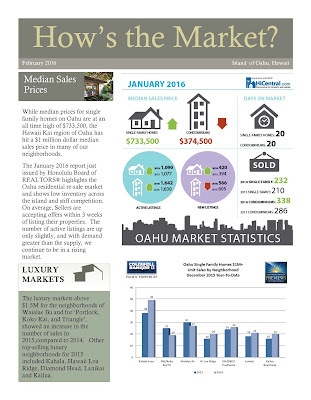Pay Yourself First
The principle to pay yourself first has been referred to as the Golden Rule of Personal Finance. The concept is that one of the first checks you write each month is for your own savings. The rationale is that if there is no money left after a person pays their bills, there is nothing to contribute to savings or investments that month. By establishing a priority to save, a person realizes that the balance of their monthly income must cover living expenses and other discretionary spending. This is a much different strategy than saving what is left over from monthly expenses and other spending. Many financial experts have likened an amortizing mortgage to a forced savings account because a portion of each payment is applied to the reduction of the principal amount owed. Some homeowners have taken that concept further with a shorter term mortgage to build equity faster. In the example below, a $250,000 mortgage at 4% interest is compared with two different terms. The 30 year mo
